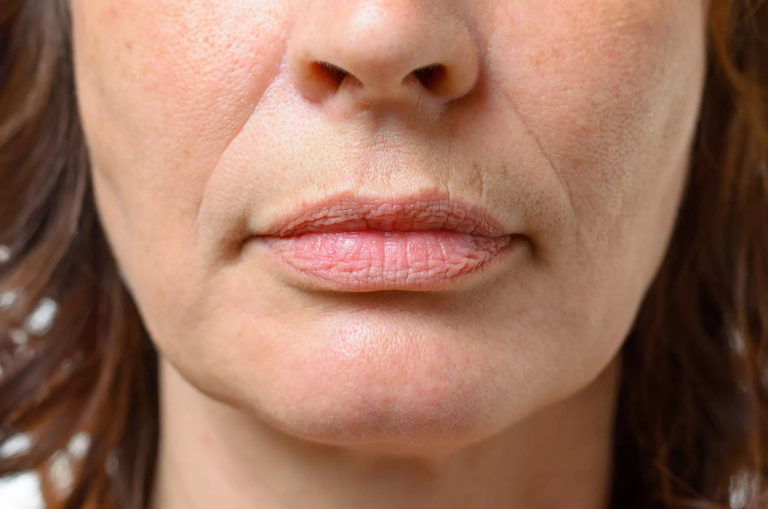Understanding Jowls and Facial Sagging: Causes, Prevention, and Treatments
As we age, our skin undergoes numerous changes, some of which can lead to the development of jowls and facial sagging. These changes bother many people seeking to maintain a more youthful appearance.
Let’s explore the causes of jowls and facial sagging and the most effective treatments available.
What Are Jowls?
Jowls refer to the sagging skin that develops along the lower jawline, creating a floppy or loose appearance.
Our understanding of how the face ages has improved over time. Facial aging is not just about gravity and loose skin. We now understand that aging affects all parts of the face and is a complex process.
Jowls develop due to facial sagging over time.

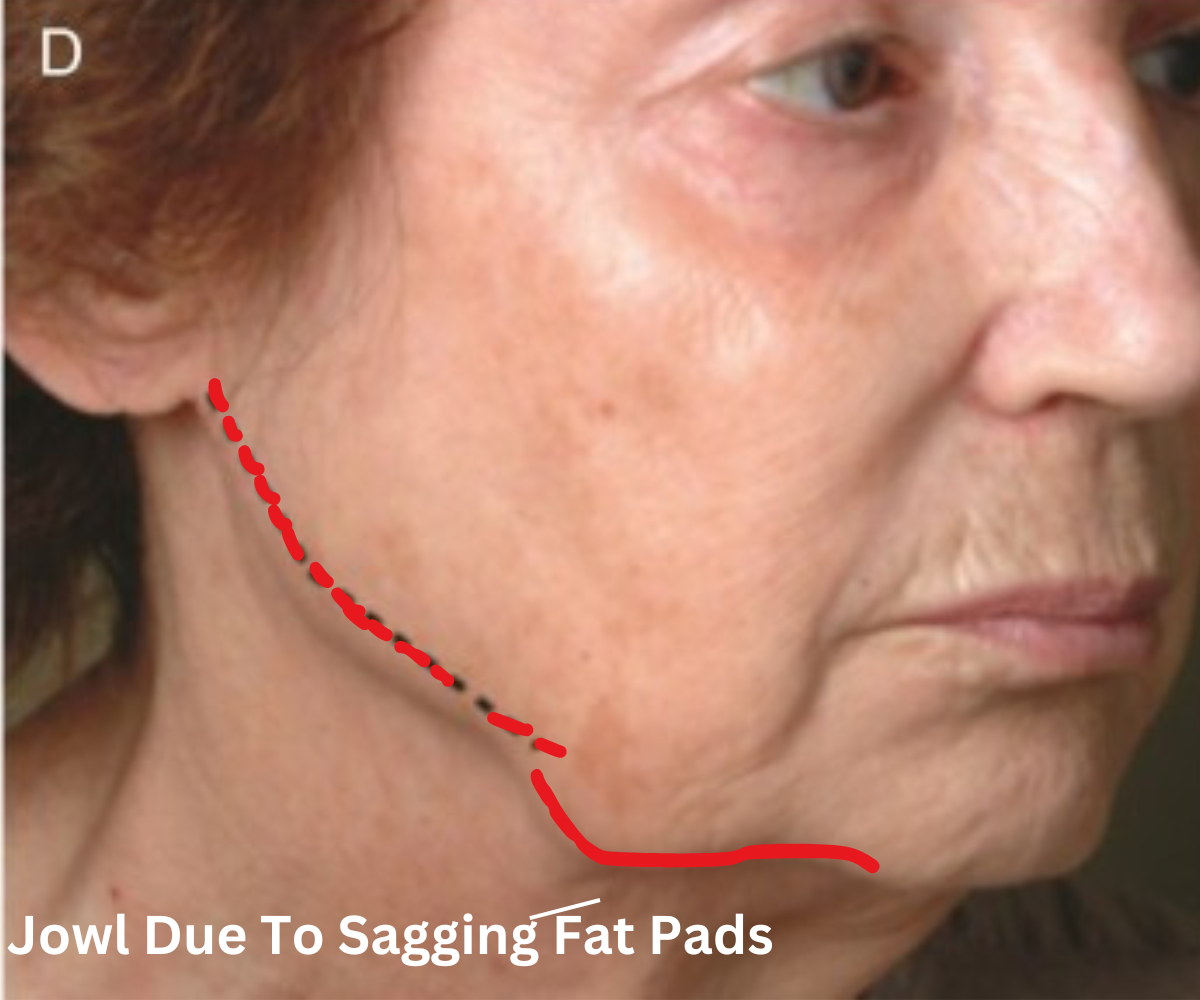
| Dermal Filler | Non-Surgical Facelift | Radiofrequency | Jaw Botox | |
|---|---|---|---|---|
| Most effective | Effective, best combined with dermal filler | Minimally Effective | Effective | |
| Lasts | 12 to 18 months | 12 to 18 months | Approx 12 months | 3 to 4 months |
| Safety | FDA Approved
Very Rare Complication Of Blindness |
FDA Approved Threads available
Rarely Slip, Infections, Lumps |
FDA Approved Devices
Skin Burns With Unprofessional Use |
FDA Approved
Swelling, Bruising, Allergic Reactions |
What ageing changes cause jowls?
Aging mainly causes jowls, which are sagging skin and fat pads on the jawline. Changes in where fat is on your face, genetics, loose skin, and changes in the jaw bone can affect how they form. The combined effects of gravity and repeated facial movements further exacerbate the formation of jowls.
Let’s look in more detail at what causes jowls:
Sagging Fat Pads Of The Face
As we age, the fat pads in our faces undergo significant changes. They start sagging downwards and inwards, leading to a loss of facial volume and definition. This shift contributes to a more tired and aged appearance.
The jawline may also become less defined because of increased fat in the jowls. This can lead to a more noticeable angle between the neck and the area under the jaw.

Superficial Fat Pads

Deep Fat Pads

Layers Of The Skin
Bony Changes
As we age, several changes occur in the facial structure, including the jawbone. Bone density decreases over time, leading to the receding of the jawbone. This process can result in a less defined jawline and changes in facial appearance.
This image shows the typical bony changes of the jawline as we age. The chin recedes, and the jawline changes to a more triangular shape. Skilfully placed filler cane help reshape the jawline subtly.

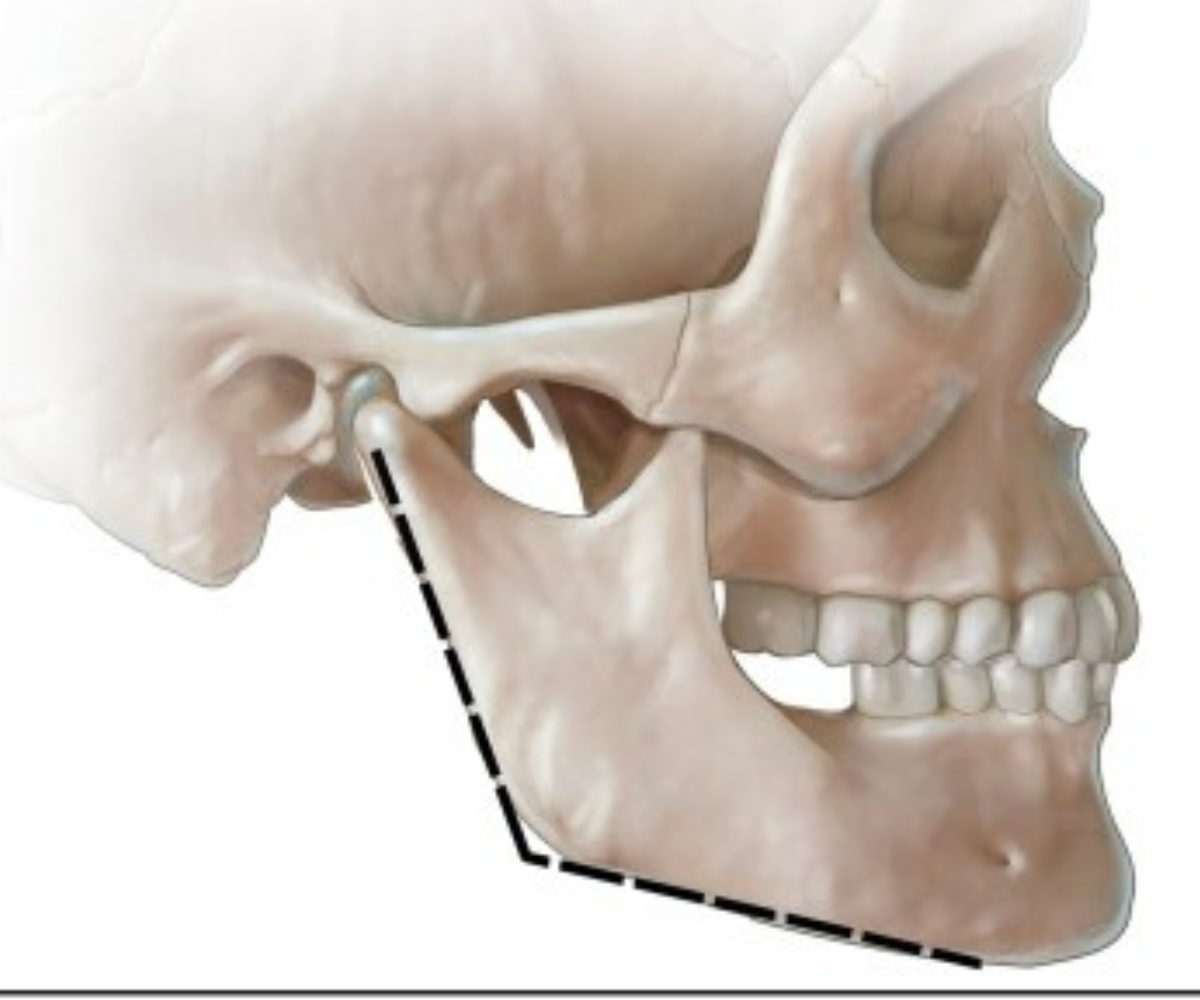
Skin Laxity On Top Of The Jowls
Part of our normal aging process is for the skin to become laxer, which can lead to skin sagging. When skin sags and fat droops in the jowl areas, it is because the supporting structures weaken. This weakening causes the jowls to sag and become more noticeable.
Sagging skin around the jaw is common in older white people. It can also happen in people with darker skin tones as they age, but it does not seem as common.
Downward pull by the neck bands.
The platysma is a broad, thin muscle located in the superficial layer of the front and sides of the neck. It starts at the top of the chest and shoulder and then goes down to the bottom of the face. It covers the jawline and lower corners of the mouth. This muscle becomes shorter and stiffer as we age, pulling parts of the jawline, including the jowls, down.
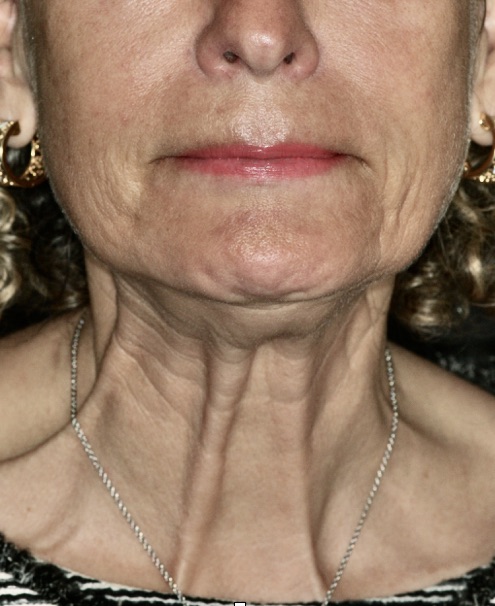
Risk Factors For Jowls
Genetics
Genetics play a significant role in developing jowls, especially if a family member has the same problem. If your parents or grandparents had jowls, you are more likely to develop them as well. Genetics can impact how your skin ages and where fat accumulates in your face. This can result in sagging skin around the jawline.
Menopause And The Fascia
Fascia is connective tissue surrounding muscles, blood vessels, and nerves. It is thin and strong and functions like a casing.
This fascia supports the body and keeps organs and muscles in shape. It also helps with movement and reduces tissue friction. In the face, the fascia holds the muscles and fat pads in place.
During menopause, women experience a decrease in estrogen levels. Changes in hormones can cause the fascia to loosen, drooping the face as the skin and tissues lose support and elasticity.
Fluctuating weight
Fluctuating weight can also cause the fat pads in our faces to change. Significant weight loss or gain stretches and shifts these fat pads, leading to a loss of facial volume and structure. This change can result in sagging skin and the development of jowls.
Carrying too much weight
If you have too much fatty tissue in your body, you also have it in your face. This added facial fat increases the weight of the jowls, making them more likely to sag. Extra weight makes gravity pull harder, causing jowls to sag more along the jawline.
Skin ageing
UV exposure, pollution, smoking, or stress can accelerate skin aging and cause it to lose collagen and elastin faster. The skin becomes laxer and starts sagging, causing jowls to look bigger.
Treatments For Jowls
Dr Nadja Haub says
I often use a thick, highly lifting dermal filler to support the fat pads and fascia of the face. This works like a scaffolding that lifts and holds the tissues in place.
After that, I strategically place dermal fillers into areas of the face that have lost volume and look thin. This can often help to disguise the jowls further. Sometimes, people add PDO threads for enhanced lifting and longer-lasting results.
Various treatment options are available, ranging from non-invasive procedures to surgical interventions.
Non-Surgical Treatments
Several non-surgical treatments can reduce jowls. Results are subtle and work best for mild to moderate jowls. More severe cases will likely respond better to surgical options, such as a facelift.
Dermal Fillers
Dermal fillers are gel-like substances made of natural sugar molecules from the skin. Scientists connect these molecules in the lab, and more links between the molecules make the gel thicker.
A thick filler injected deeply under the cheeks and jaw can lift the skin and reduce jowls. Experienced experts can also use certain techniques to disguise the jowls rather than try to lift them. For example, a small amount of filler along the chin can make the jowls look less prominent.
PDO Threads
PDO (Polydioxanone) threads can improve the appearance of jowls by lifting and tightening the skin. A doctor gently inserts these threads into the skin, creating a scaffold that supports and lifts sagging tissues.
Over time, the threads stimulate collagen production, further enhancing skin firmness and elasticity. The treatment helps define the jawline and reduce jowls, giving the face a more youthful and contoured look.
Surgical Treatments
Facelift
A facelift is a surgical procedure that removes excess skin and tightens tissues beneath the skin. This results in a noticeable and long-lasting improvement in the appearance of the face and neck.
Jaw Botox
Botox can help reduce the appearance of sagging by relaxing the muscles that pull the skin downward. As we age, the ligaments of the neck become shorter and stiffer.
Often, the ligaments become more visible, especially in thinner people. Because they become shorter, they pull the jawline down, making it look less defined. This process can also make jowls look bigger.
Botox helps to relax these ligaments, resulting in a more defined jawline with less prominent jowls.
Radiofrequency and Ultrasound
These treatments use heat to firm the face’s skin or fascia. Results vary and are often only temporary.
How to help prevent jowls
Skincare
Regular at-home skincare can help firm the skin around the jowls and reduce their prominence. Using retinoids, Vitamin B, and Vitamin C products can promote collagen production and improve skin elasticity. A high-quality moisturizer keeps the skin hydrated and supple.
Using sunscreen daily is essential to protect your skin from UV damage. This can help prevent sagging and maintain healthy skin.
Facial Massage
Facial massage can help reduce jowls by removing excess fluid and improving circulation. The pressure applied during massage can help firm the skin around the jawline and improve its overall tone.
Consistency is important. Massaging your face regularly can help reduce jowls over time. However, it is vital to do it consistently to see lasting results. If you stop massaging your face, the effects may fade quickly.
Before And After PDO Threads For Jowls
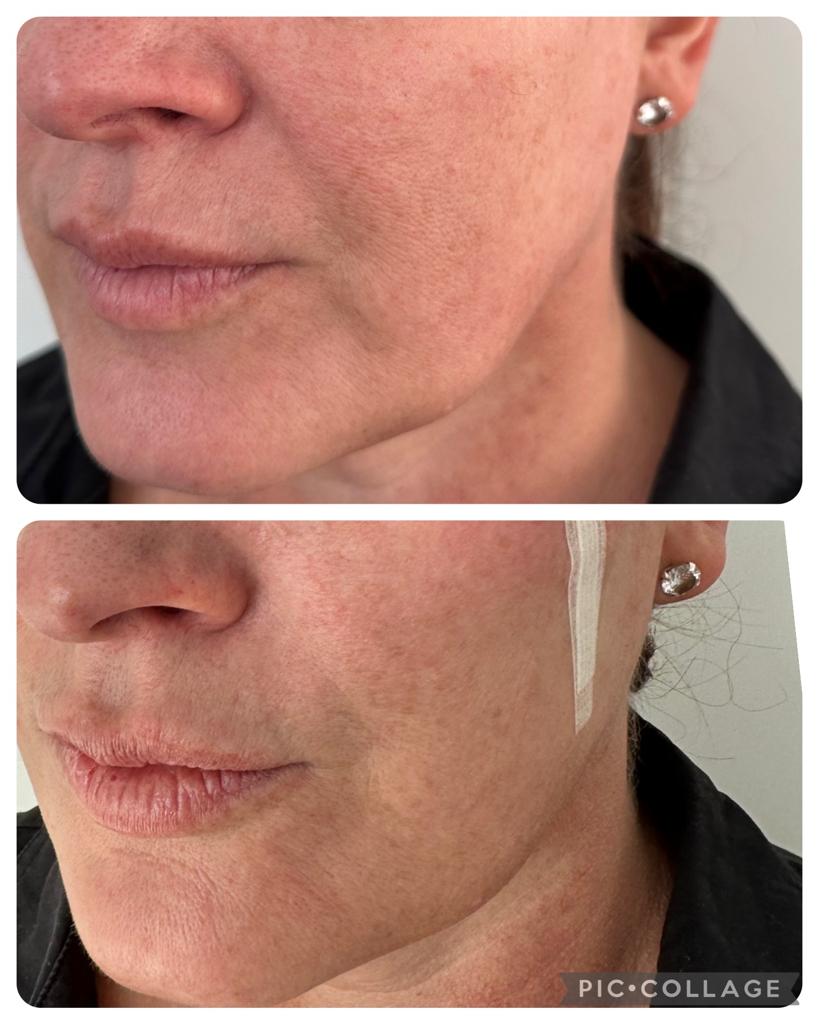
Contact Satini Cosmetic Clinic
As we age, many people worry about sagging jowls and facial skin. Knowing what causes these issues and taking steps to treat them can help you look younger. There are many ways to address skin issues, including lifestyle changes, skincare routines, non-surgical treatments, and surgical procedures.

